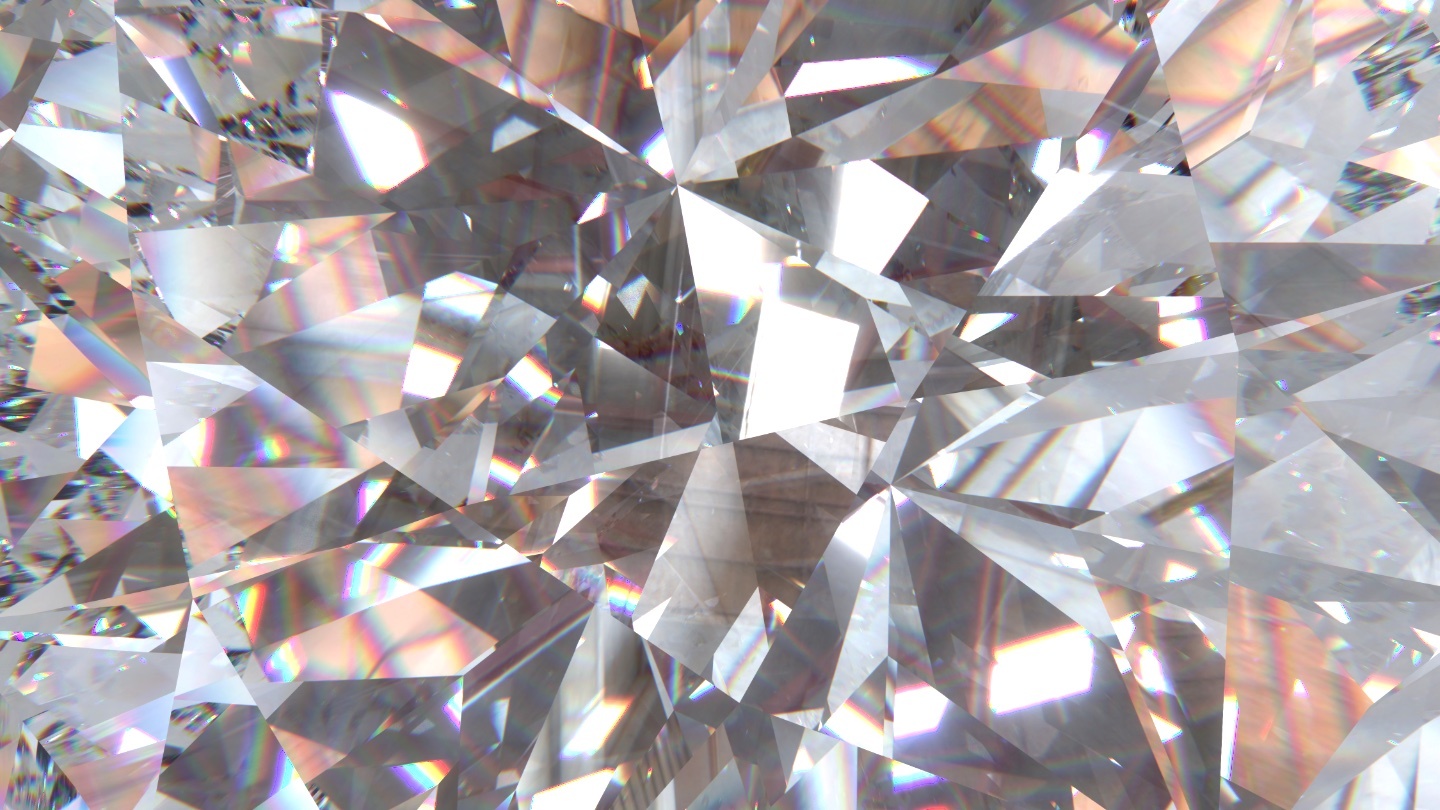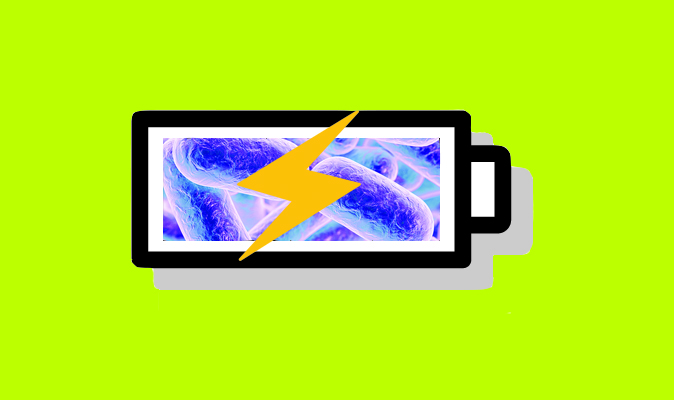battery
Utilizing nuclear waste converted to diamonds, this company’s batteries will reportedly last thousands of years in some cases.
A UK-Chinese team of scientists have delivered a prototype for a better battery, which could extend the time between smartphone charges – and it’s all inspired by our guts.

